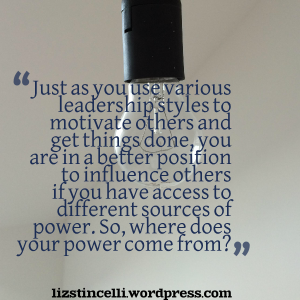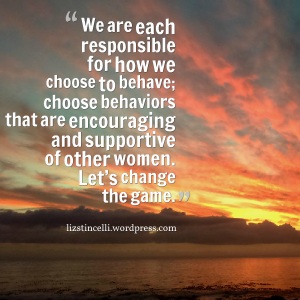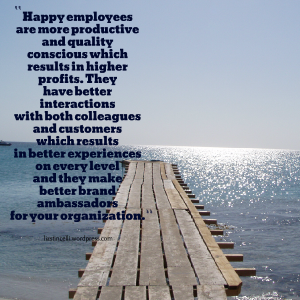“A good leader can engage in a debate frankly and thoroughly, knowing that at the end he and the other side must be closer, and thus emerge stronger. You don’t have that idea when you are arrogant, superficial, and uninformed.” —Nelson Mandela
By Elizabeth Stincelli, DM
I am surprised when managers act shocked to find out that their employees don’t like them. You have to remember that the way you think affects your behavior and your behavior determines how your employees react to you. If you don’t pay close attention to your thoughts this can become a vicious cycle. So, why do your employees hate you?
You think your title makes you a leader
I can tell you that one of the biggest factors that causes employees to hate you as their manager is if you think that your title makes you a leader. You don’t become a leader just because you get placed in a management position. Leadership is something that you grow into and earn. Chances are that if you think your title makes you a leader, you also think it entitles you to power. You may have control over rewards or consequences that give you the power to accomplish short-term tasks. This, however, does not equate to long-term power that is earned through respect.
They don’t trust you
If you don’t trust your employees, they won’t trust you. People like people they trust. Animosity is created when your employees’ notice that you think you know more than them, you stop listening to what they have to say, and you are always keeping score. When it appears that you do not trust them, they stop engaging with you even when you ask them questions. They don’t feel like they can be themselves around you. You can’t command trust and respect, you have to give it first and then earn it.
You fail to build relationships
Even if you had strong relationships at some point, when you were promoted you may have become distant and bureaucratic. Your relationships may have become superficial and fake; employees can see right through your facade. After making the move into a management position, it is easy to forget what it’s like to be the low man on the totem pole or working on the front lines. You fail to build relationships on an individual basis where each employee knows that you care about them personally. If you start relying on email as your main form of communication you lose that face-to-face interaction that can be so important to relationship building. You don’t encourage, welcome, ask for, or act on feedback which reinforces the perception that you don’t care what your employees have to say.
You have something to prove
You think that leadership requires you to make sure everyone knows you’re in charge. In fact, it is quite the opposite. If you need to prove that you are in charge, you’re not a leader. You feel you have something to prove, all the time. You’re smarter, stronger, braver, or more powerful; it’s always something. You default to the use of fear and intimidation when you feel you’re not getting the respect you think you deserve. And, you never admit when you are wrong. No one likes a know-it-all. If you are always trying to one-up your employees, chances are they will start to hate you.
You don’t value their contributions
When you think you’re all that, you tend to minimize the contributions of others. When you don’t recognize the value of your employees’ contributions or reward them for a job well done their distaste for you grows. If you don’t recognize their value you will fail to challenge them or engage their creativity. Everyone wants to feel that their contributions are valued and that their efforts are worthwhile.
Turn it Around
So, now you know some of the main reasons your employees might hate you, what can you do to turn it around? Start by recognizing that you become a manager by being promoted or hired into that position, but you become a leader by focusing on the needs of others rather than gaining power for yourself. Show your employees that you trust them and their abilities, communicate openly, and stop keeping score. Remember that you are not a leader if you need to prove that you are in charge. And finally, recognize that every employee adds value. Leadership is influence, and you can’t influence those who hate you. Pay close attention to your thoughts for they will become your behavior. Turn it around.
© 2015 Elizabeth Stincelli
Liz Stincelli is passionate about recognizing and inspiring the leader in each of us. She is the CEO of Stincelli Advisors where she focuses on helping organizations engage employees and improve organizational culture. Liz holds a Doctor of Management degree with an emphasis on organizational leadership.
Learn more about Liz by visiting her website, stincelliadvisors.com and connect with her on Twitter @infinitestin, Google+, and LinkedIn. You can contact her by email at stincelliadvisors@gmail.com.









